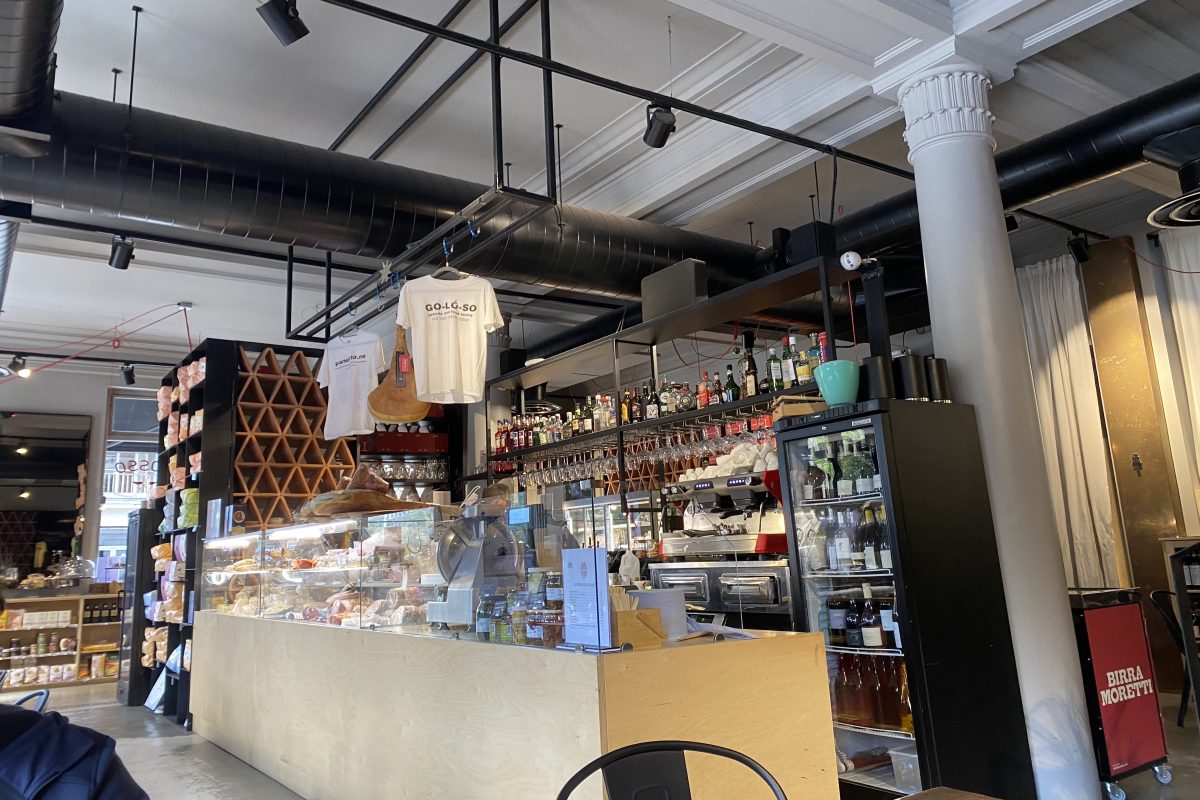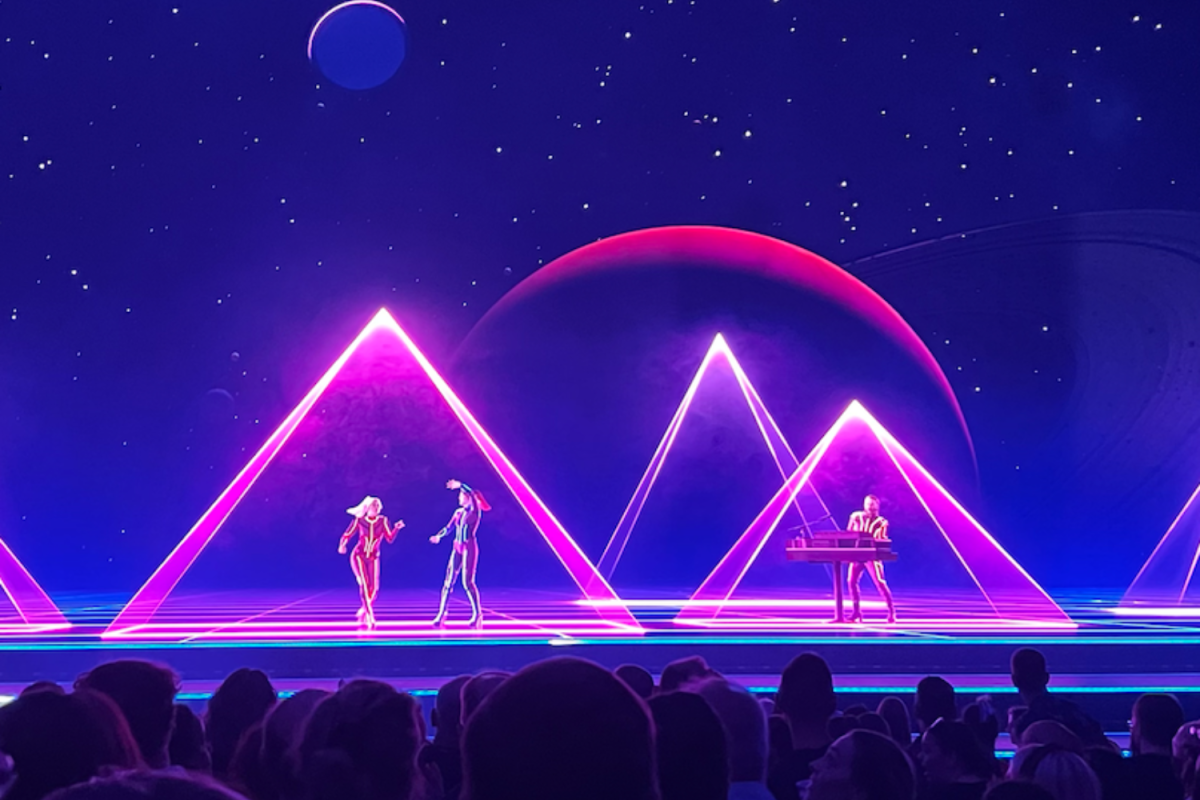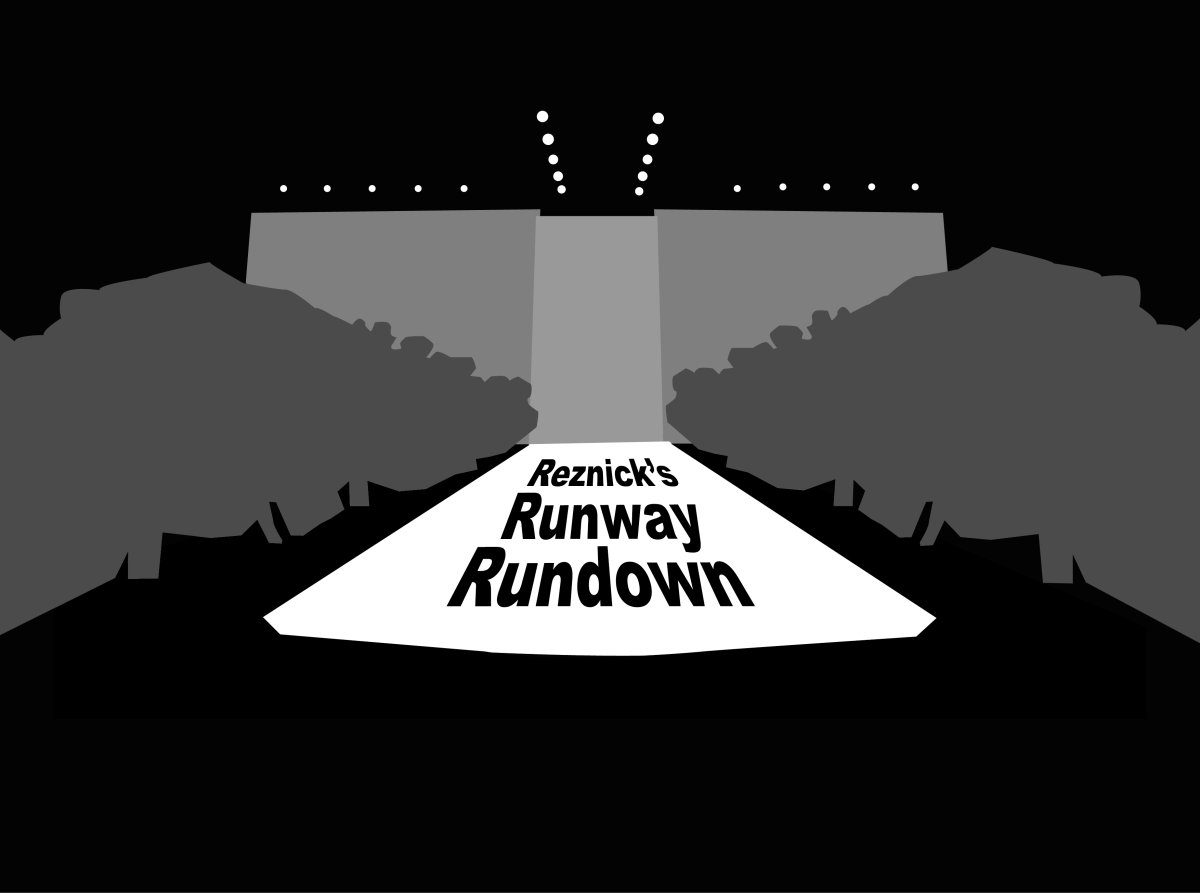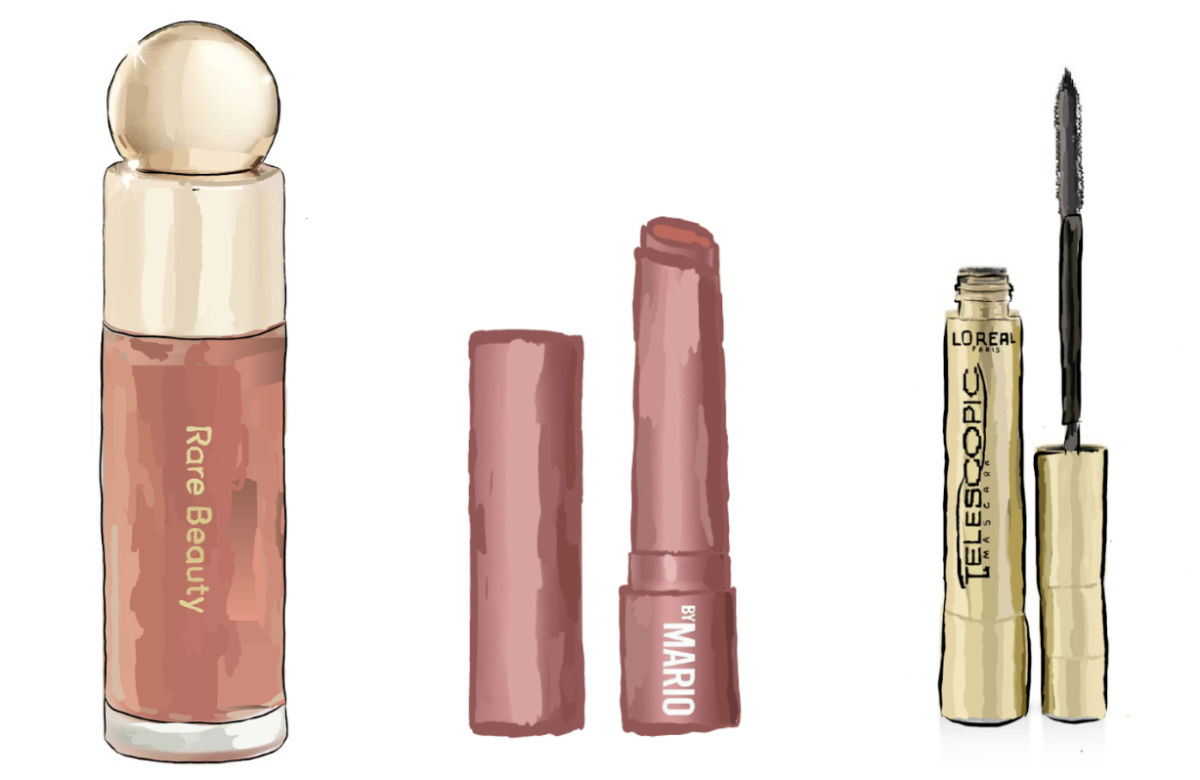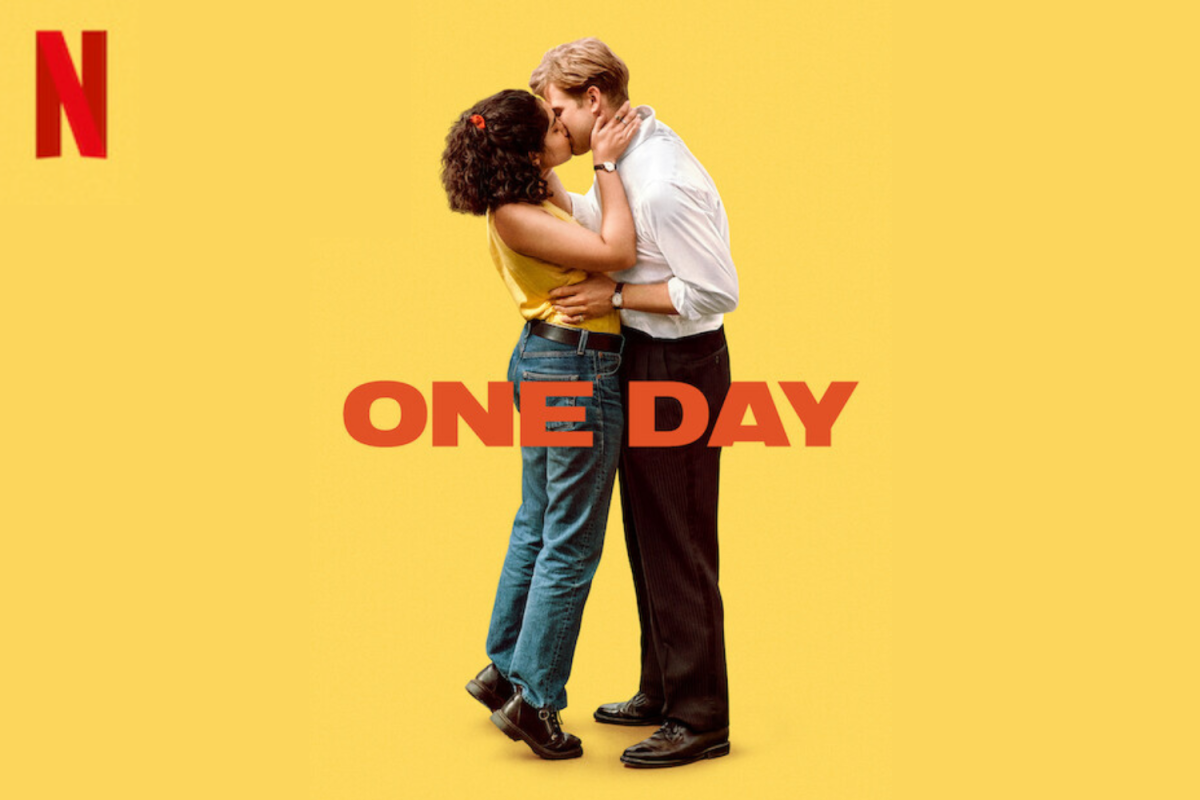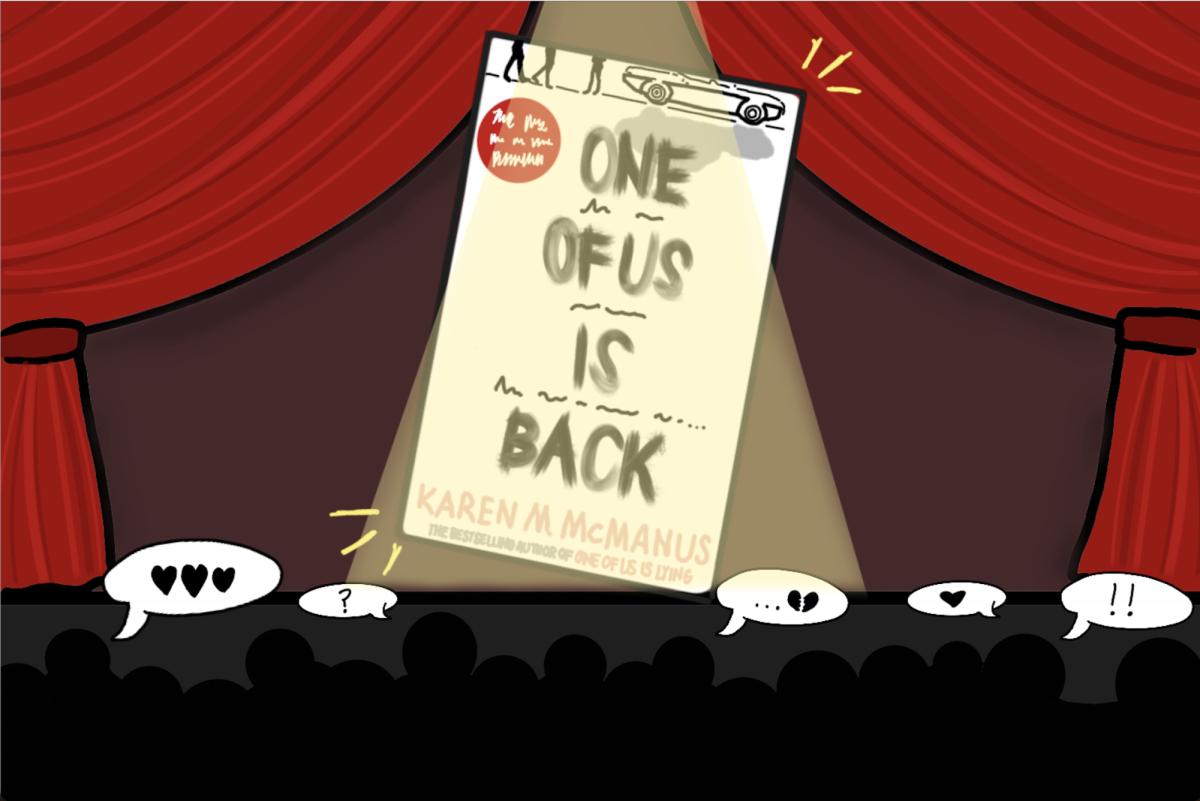Roy Lichtenstein’s retrospective, which opened in London earlier this month, has been met with critical acclaim and hour-long queues. CULTURE EDITOR SHAHID MAHDI visited the exhibition to examine the hype surrounding this iconic pop artist.
Given his status as one of the indisputably most iconic artists of the 20th century, Roy Lichtenstein has always seemed rather under-appreciated by our generation. As the evergreen definition of art becomes more elastic, it seems that the zenith of pop art is confined to Campbell soup cans, brilliant stylised images of American flags, and, of course, the odd Marilyn Monroe portrait that seems as ubiquitous as the Coca-Cola logo. So when news that some of Lichtenstein’s most emulated and revered works were shipping over to the Tate Modern in mid-February, all of us were given another heavensent chance to appreciate – and perhaps make a meagre attempt at understanding – the wave of “comic-booky” art that has swept upon our shores.
Having been converted from a power station following its closure in 1982, the Tate Modern’s hulking stature hasn’t really changed. Waves of eager families make a Hajj-like circular pilgrimage around the building, with streams of people flooding in on over the Millenium Bridge to get a taste of 1960s America, as told by Roy himself. I realized that I too was swirling in this ocean of curiosity- I thought I knew Lichtenstein’s work pretty well, but the charged, monumental works of beautiful, idealized women sobbing on the phone I knew were barely fractions of his portfolio.
As one of the central figures of the Pop Art movement, Lichtenstein and his contemporaries sought to capture a uniquely American perspective on a variety of matters – from fantasising about mid-flight combat in Whaam, (1962) to the melodramatic dating antics of his ever popular Drowning Girl (1963). As with Andy Warhol, Jasper Johns, and David Hockney, Lichtenstein wasn’t necessarily concerned with abstaining from capturing reality – rather, he preferred to capture the zeitgeist of the time by simply taking a grand, sublime approach.
On that note, part of Lichtenstein’s injection of the sublime was also multi-faceted. The exhibition explains the artist’s fascination with the tranquility of Japanese techniques, notably his imitation of the Eastern landscapes.In these staggeringly simple works, Lichtenstein applies his signature Ben Day dot system – the minuscule dots which act as the signature backbone to his repertoire – to a figure-less, blanched space.
Lichtenstein’s operating theater isn’t at all limited, and includes subject matter from far and wide. His series of little known still lifes, most notably Still Life with Portrait (1974) and Interior With Waterlilies (1991), draws attention to the quiet, homebrew, suburban American household that was popularised on countless TV shows and films throughout the swinging 60s into the equally stormy 70s. The numerous Explosion works not only celebrate the potential of a blank wall, but allude to the wartime mayhem and puzzlement as American intervention in Vietnam became increasingly tense.
Many may subscribe to the fact that finding “truth” in art contradicts its purpose. For some, Lichtenstein’s retrospective, in 2013 – fifty-something years after his zenith, may be a nostalgic, wailing salute to a lost time. For other viewers, this American giant’s design and content conjures up a brilliant style icon for future generations to capture and emulate.
So, stroll into the Tate Modern and follow the mass crowd that shuffles through the Turbine hall. You’ll find that everyone comes to this exhibition expecting a certain takeaway, much like dining at a restaurant. True, an artist of Roy Lichtenstein’s stature needs no introduction. The massive, multifaceted array of works you’ll find will change your predetermined perception of what this most worthy exhibition will bring you. The allure of Lichtenstein is the labyrinth that such simple works force you to navigate – an attraction which deserves every last drop of the veneration it receives.
shahid_mahdi@asl.org

